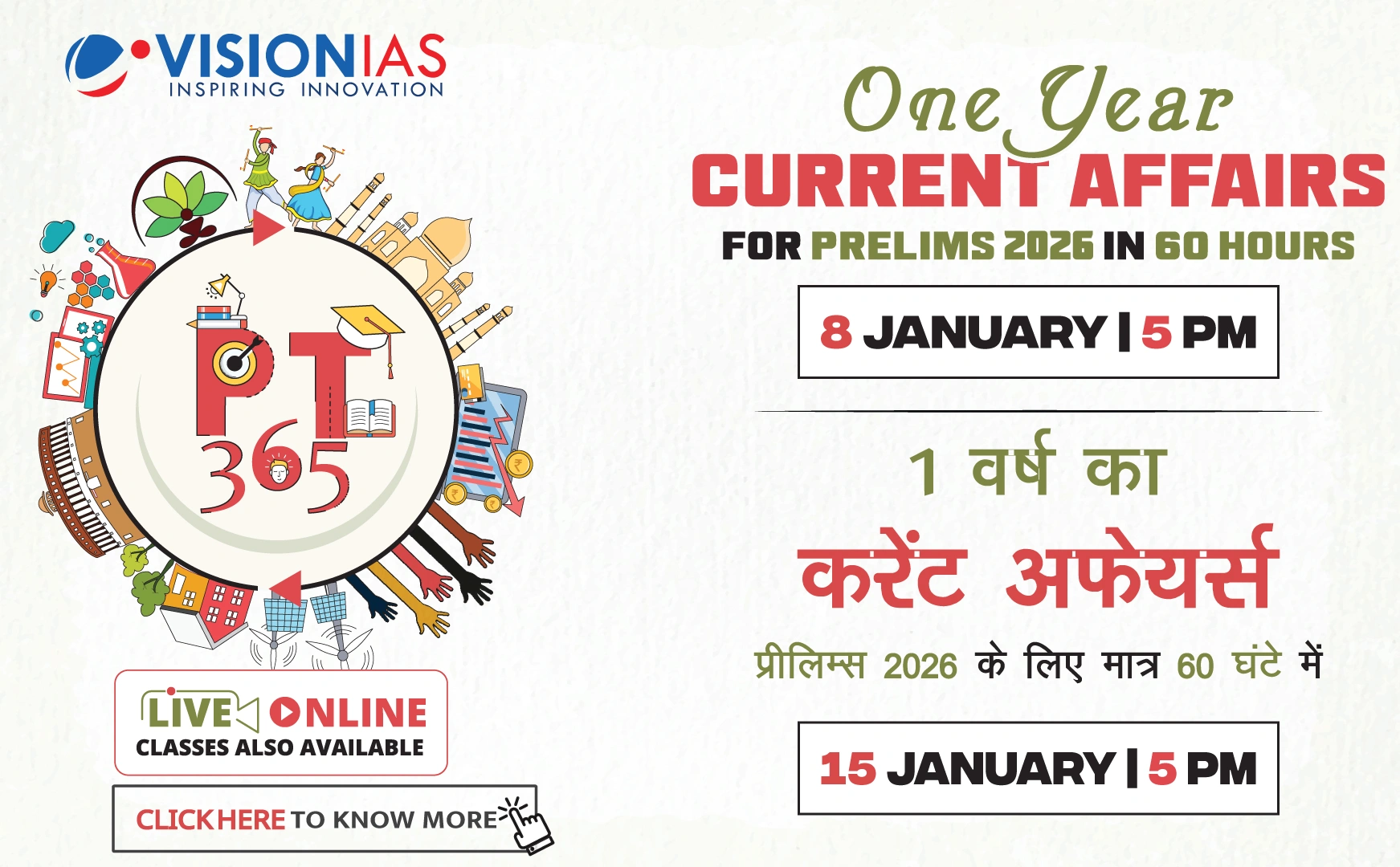India's Energy and Mineral Self-Reliance Strategy
The prime minister emphasized the need for India to become self-reliant in energy and critical minerals, highlighting the significant costs associated with petroleum imports.
Energy Independence
- India's high dependency on international imports for petroleum, diesel, and gas requires lakhs of crores in expenditure.
- India aims to expand nuclear generation capacity by ten times by 2047, with the sector now open to private investment.
Critical Minerals Strategy
- The global importance of critical minerals underpins various technologies, including defense and industrial sectors.
- The National Critical Mineral Mission (NCMM) has been launched, with exploration underway at over 1,200 sites.
- The Ministry of Mines has auctioned 24 critical mineral blocks, aiming for 100 more by 2030.
- Efforts are in place for overseas mineral block acquisition, supported by amendments to the Mines and Minerals Act.
Nuclear Energy Expansion
- India's installed nuclear capacity was approximately 8.8 GW by June 30, representing under 2% of total electricity generation capacity.
- The government plans to partner with the private sector for Bharat Small Reactors (BSRs) for captive use.
- Amendments to the Atomic Energy Act and the Civil Liability for Nuclear Damage Act are required for full-scale private participation.
- A Department of Atomic Energy task force is reviewing essential aspects of private nuclear plant operations.
Progress on Climate Targets
- India achieved its climate goal of 50% non-fossil fuel electricity capacity five years ahead of schedule.
- The contribution of non-fossil sources, including nuclear, hydro, and renewables, increased from 30% in 2015 to 50% by June 30.









